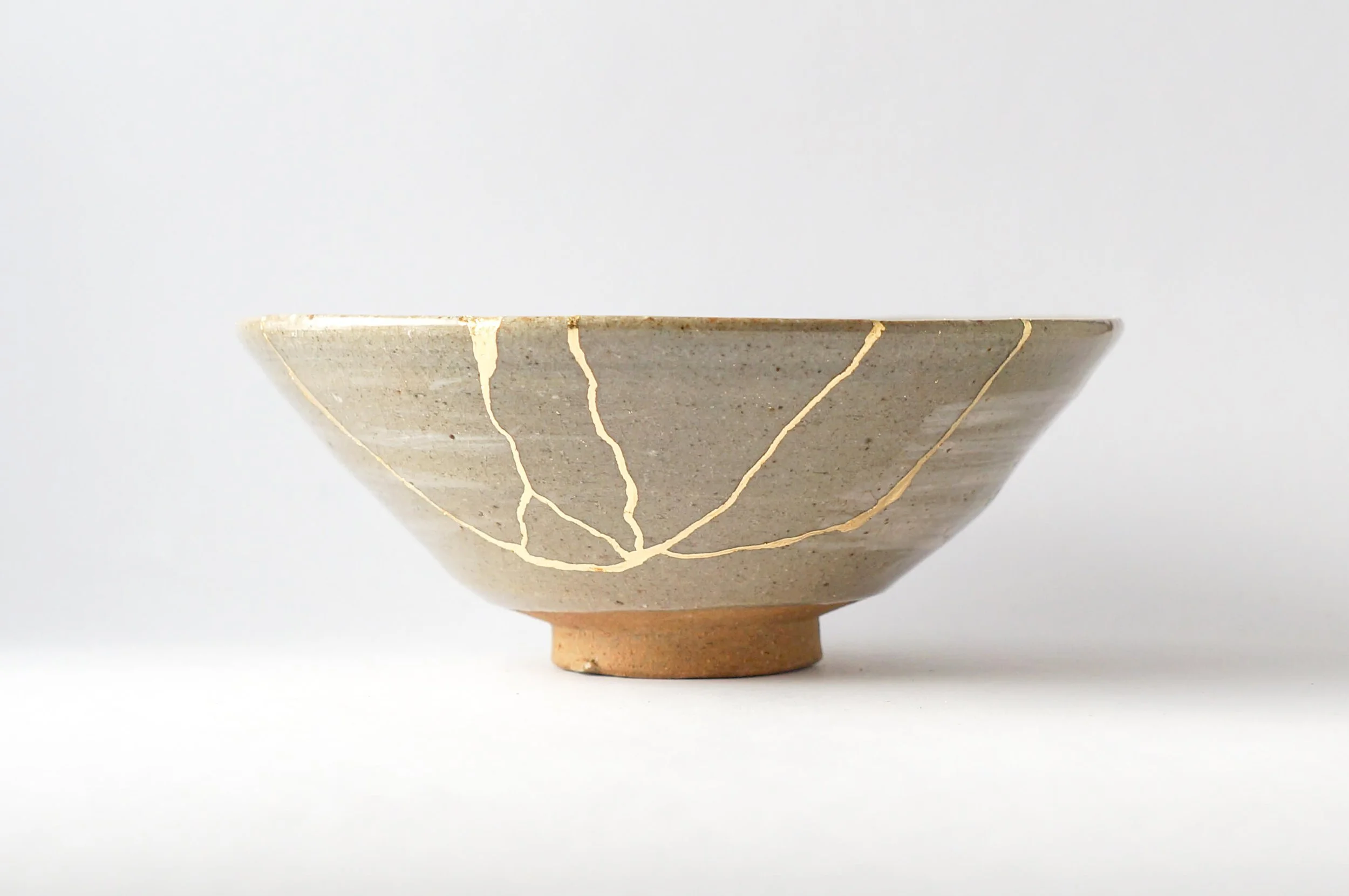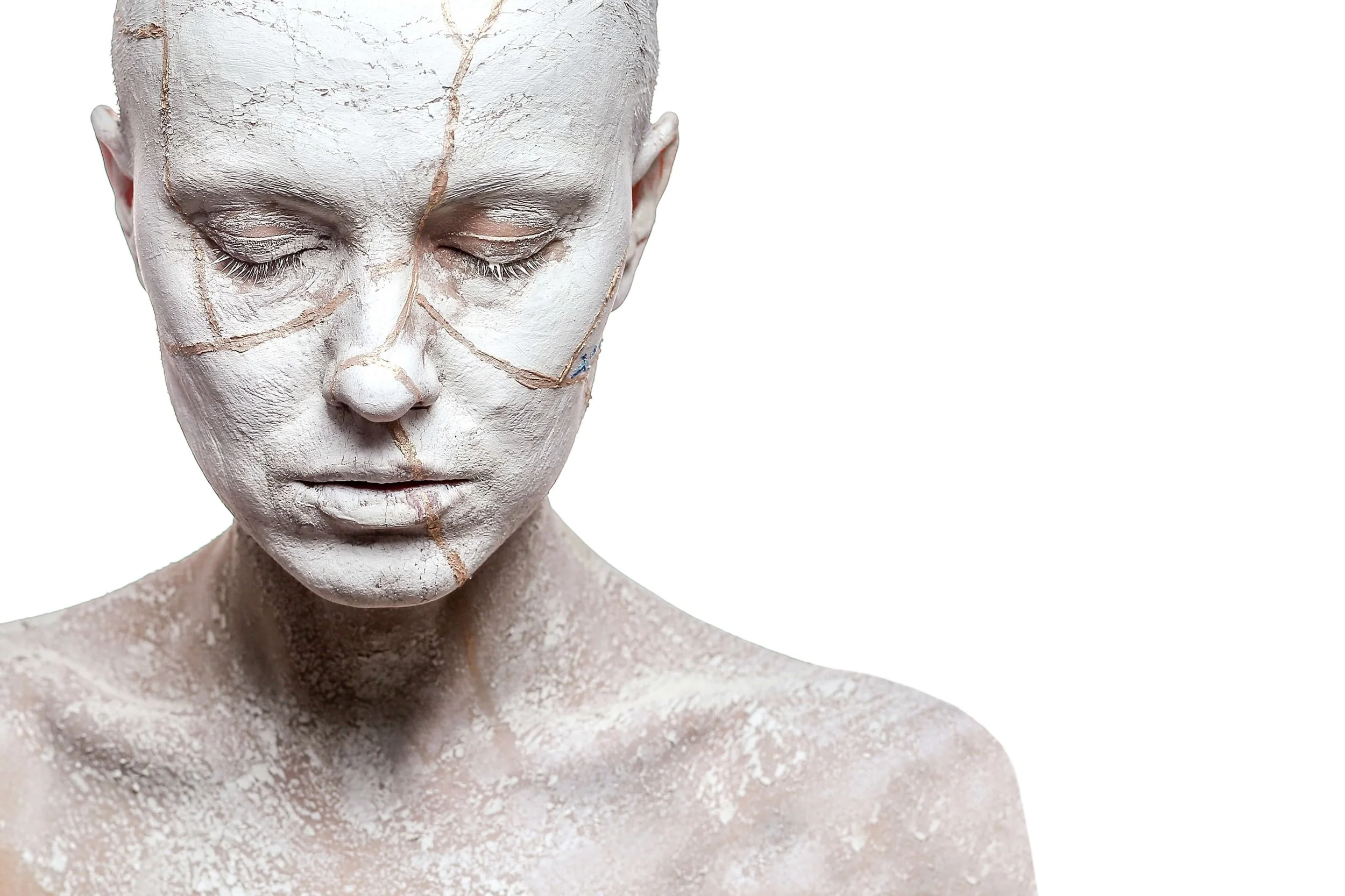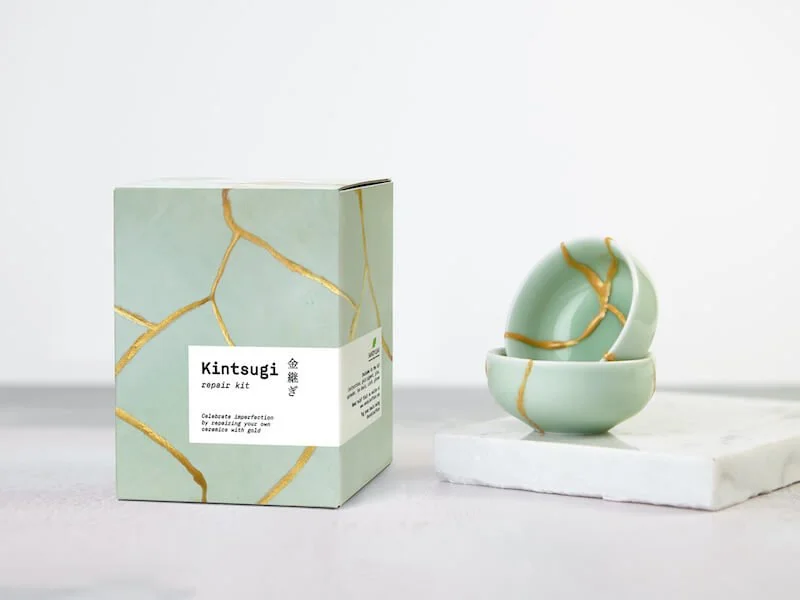Kintsugi
Kintsugi
The philosophy behind kintsugi teaches to see beauty in the imperfections of life and embrace them for what they are.
The art of kintsugi has been practiced for centuries in Japan and this ancient technique of repairing broken ceramic pieces is said to embody the idea that beauty can be found in the imperfection of things. Let’s explore what kintsugi is, its underlying meaning and symbolism, and how it can help us better understand life’s imperfections…
__
What is Kintsugi
Originally called “kintsukuroi” (literally meaning “to repair with gold”) in Japanese, kintsugi is the traditional art of repairing broken ceramic pieces with a lacquer mixed with powdered gold, silver, or platinum. This method of repair was used for centuries and is said to symbolise the idea that broken things can be made whole again, and even more beautiful than before.
The philosophy behind kintsugi teaches us to not only accept our imperfections but also to embrace them for what they are.
__
The Art of Kintsugi
But, kintsugi is not just about fixing something that’s broken; it’s also about understanding how our experiences can make us stronger. The gold mends the cracks, but it also emphasises them as part of the repair process. This symbolism speaks to the idea that we should accept our flaws and embrace them as part of ourselves—that they are a necessary part of life and growth.
Through the art of kintsugi, we can learn to accept our flaws and find beauty in the imperfections of life. It teaches us that no matter how broken or damaged something may be, it still has potential for greatness.
In addition, it helps us realise that our experiences shape who we are, and by using them to make something beautiful, we can grow stronger from them.
__
Kintsugi versus Wabi Sabi
Wabi sabi is a Japanese aesthetic concept which finds beauty in imperfection and the transient nature of all things. The difference between kintsugi and wabi sabi is that kintsugi repairs broken items, while wabi sabi does not. Kintsugi focuses on the idea of repairing something to make it even more beautiful than before, while wabi sabi embraces a more general appreciation for the beauty found in imperfection.
No matter which philosophy you choose to follow, both kintsugi and wabi sabi share the same core message—that beauty can be found within life’s imperfections. Whether it’s through repairing broken objects or simply learning to appreciate their flaws, both philosophies offer an opportunity to gain insight into how we can embrace the transient and imperfect aspects of life.
__
Kintsugi - Do it yourself
To do kintsugi yourself you will need a few supplies such as lacquer, powdered gold, silver or platinum and some paint brushes. Here is a quick step-by-step guide:
Start by cleaning the surface of the object that you want to repair with water and a soft cloth.
Once dry, apply a thin layer of lacquer onto and around the broken area.
Sprinkle the powdered gold (or other material) onto the wet lacquer until completely covered.
Let it dry for 24 hours before adding another coat of lacquer if desired.
Apply additional layers of lacquer and powdered gold until you are happy with the result!
__
The art of kintsugi teaches us that it is possible to create something beautiful from broken or damaged pieces. In order to do so, however, we must be willing to accept our flaws and find beauty in them. By appreciating the cracks, breaks, and repairs in our lives, we can learn important lessons about strength, resilience, and growth. So why not try kintsugi today? You never know what wonderful things you may discover…
__
You Might Also Be Interested In:
>> Wabi Sabi
>> Feng Shui
>> CRAFT ROOMS




